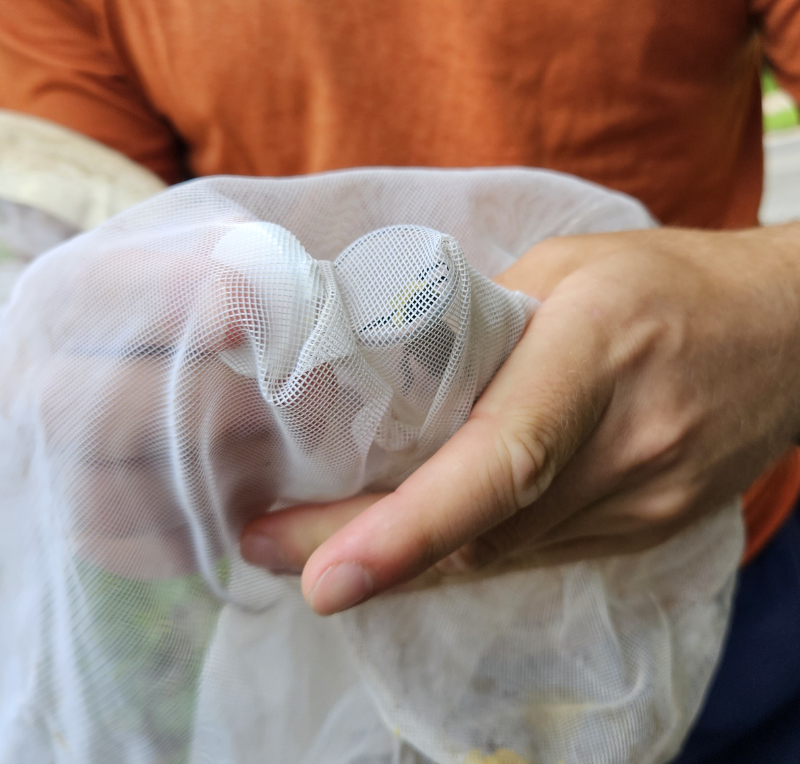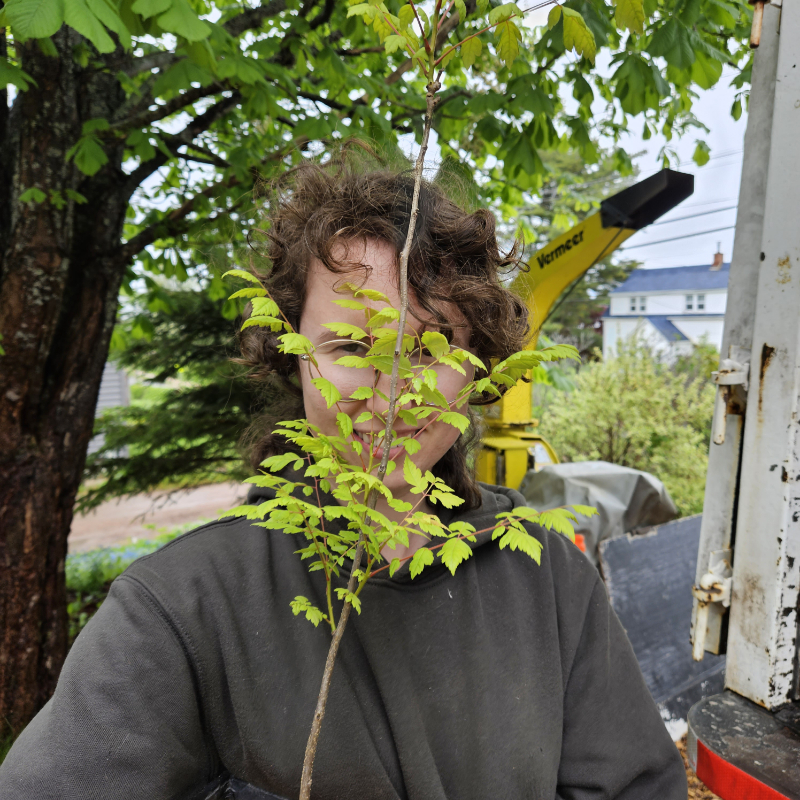1. SPRING HOURS
2. EARLY BIRD SPECIAL
3. TREE PLANTING SCHEDULE
4. MULCH, MULCH, AND MORE MULCH
5. NEWSLETTER SIGN UP
6. ELM COORDINATOR UPDATE
7. WE’RE HIRING!
8. SENIOR’S COLLEGE PRUNING COURSE
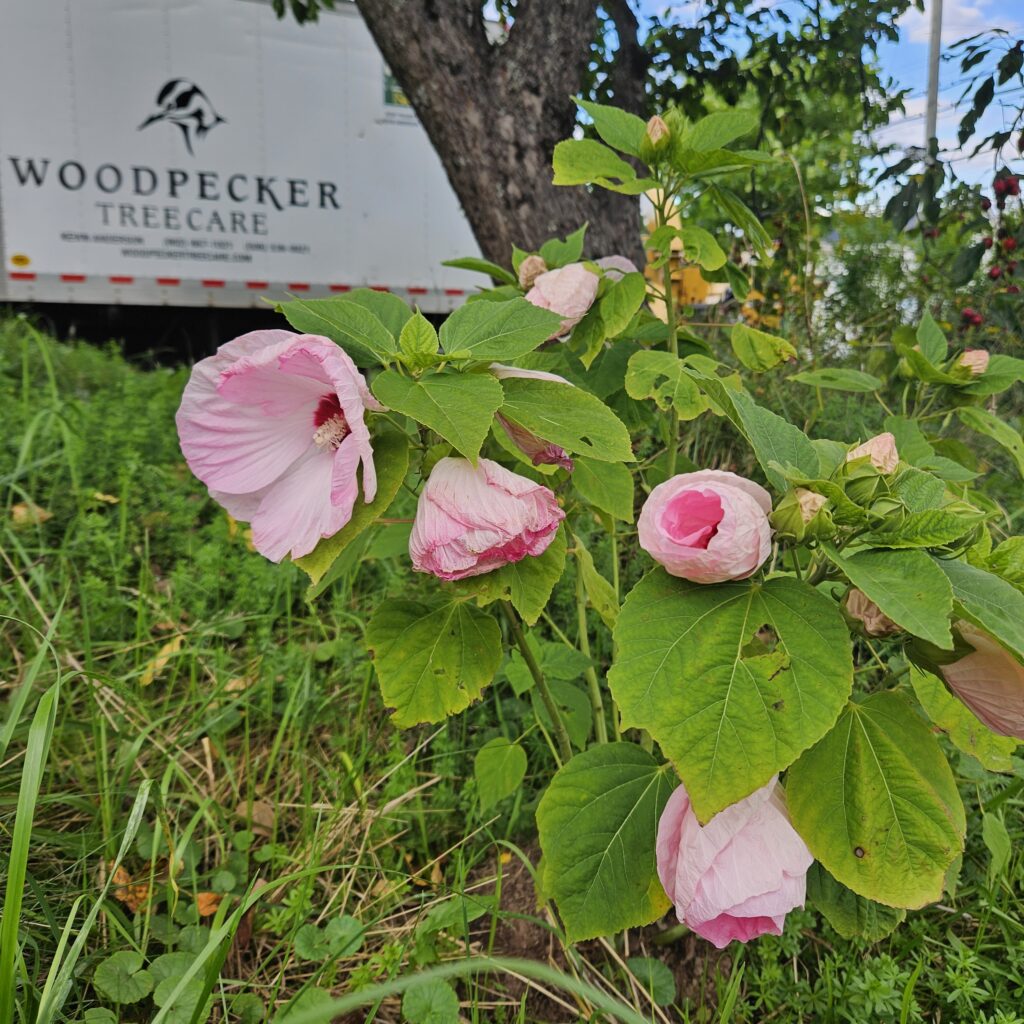
Expert tree care by the preservation specialists

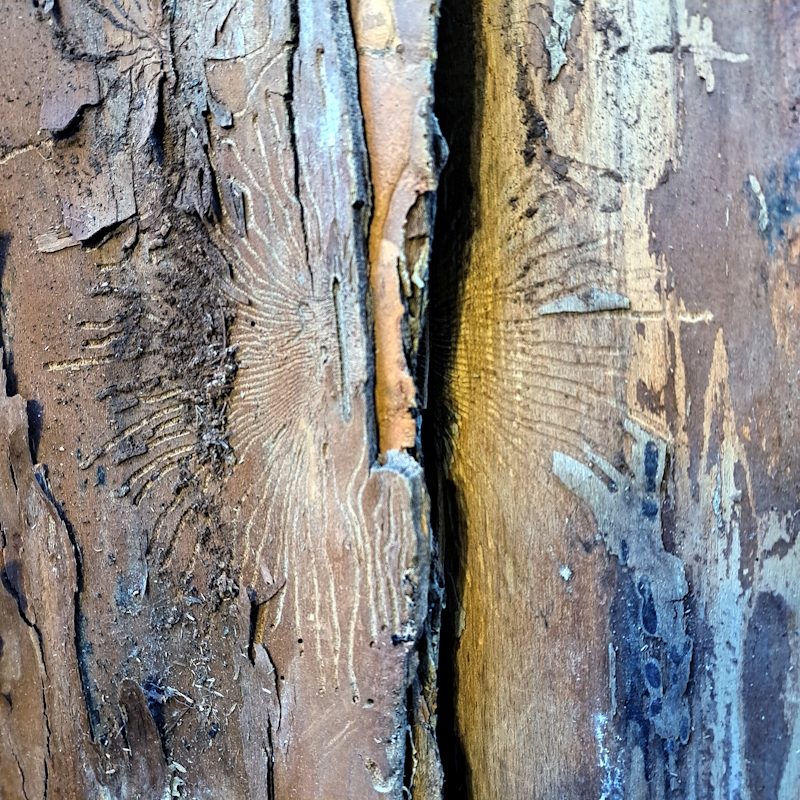
We often encounter this pattern, hidden inside the thick bark of deceased or dying elm trees, during our work. This beautiful, almost sun-like, shape is the calling card of the elm bark beetle – and if found lurking on the inside of elm it is a sure indication of Dutch Elm Disease.
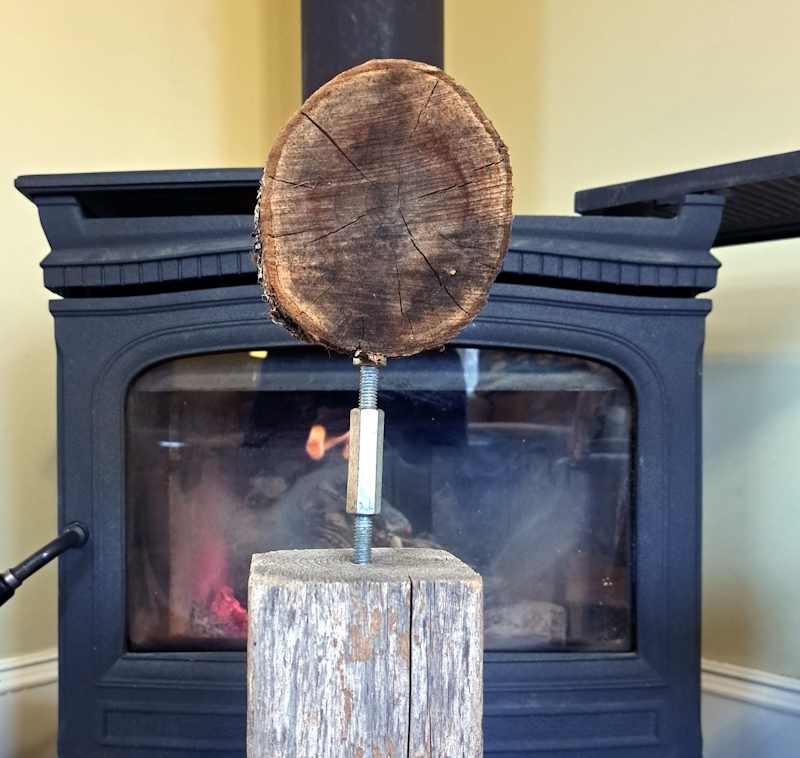
Proppy came to live at Woodpecker Tree Care HQ one summer, after the crew returned from a small removal job. They made themselves at home on the porch, ready to entertain newcomers and visitors with their riddle: “Who am I?”
Proppy served a very important purpose for many years, and is excited to share their work with you.
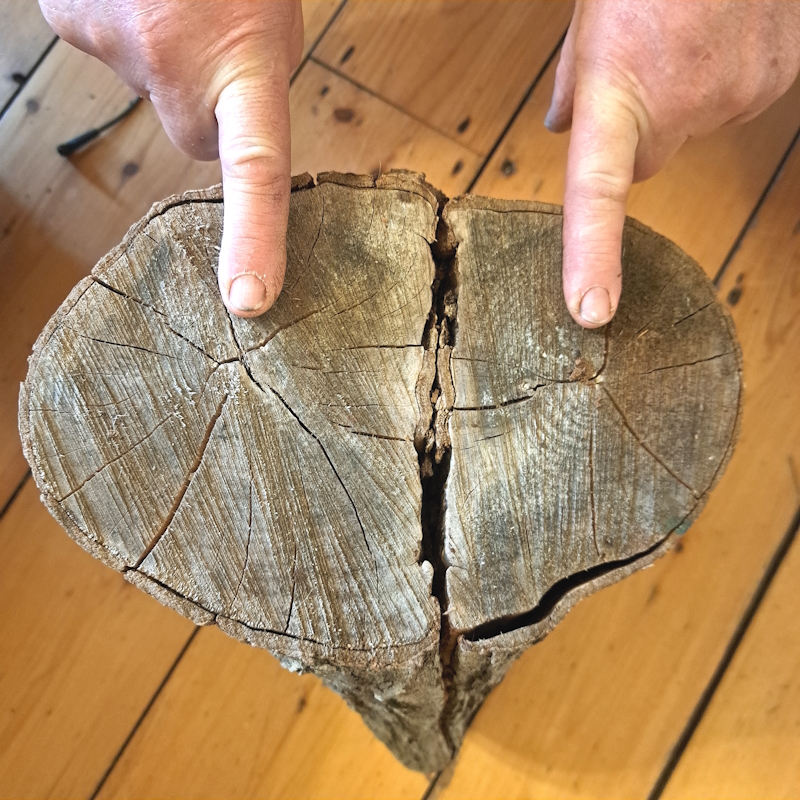
Codominant stems are the most common cause of urban tree failure. Many trees will form codominant stems in their youth, which will eventually grow into problematic structure prone to splits and cracks. This maple is a classic example of how codominant stems form a poor union, and can teach us how to recognize codominant stems in your trees.
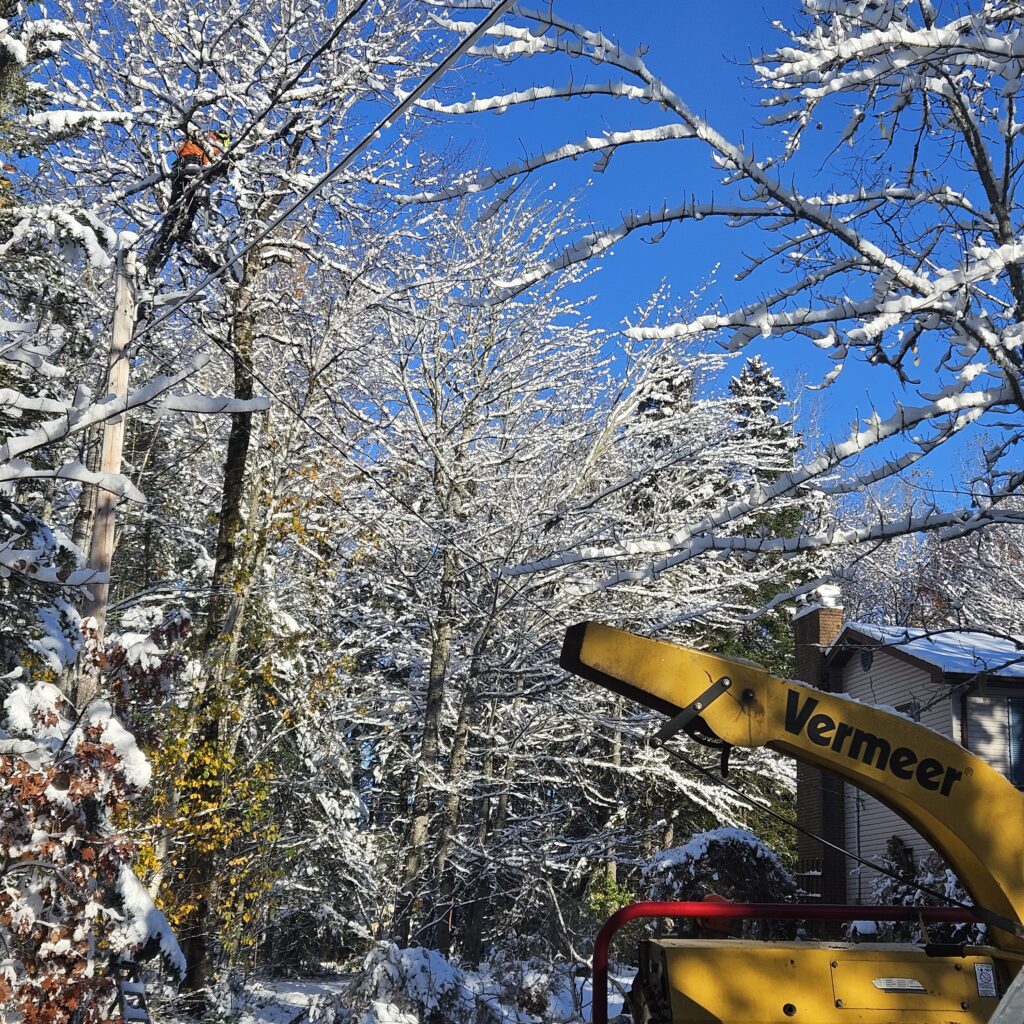
Safety is Woodpecker Tree Care’s number one priority, and that extends to the day-to-day use of our bodies. Tree care is wonderful work, and it is strenuous work that demands the use of our minds and body every day. Part of keeping our work high quality involves taking care of our bodies and our minds.
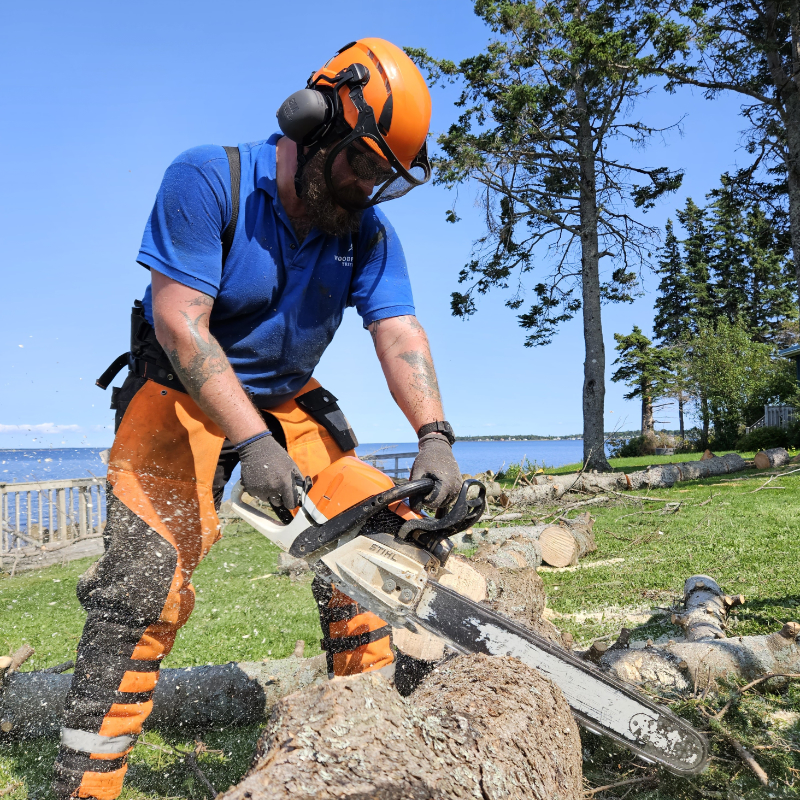
On an uncharacteristically dry summer’s morning, a first-time Woodpecker Tree Care client sipped their coffee and read the paper with the anticipation of meeting our ISA-certified arborists in just moments. “What will they be like?” wondered the client, having only communicated by email up until this fateful day. “Will they be friendly? Brash? Swashbuckling chainsaw fanatics?” Only time would tell…
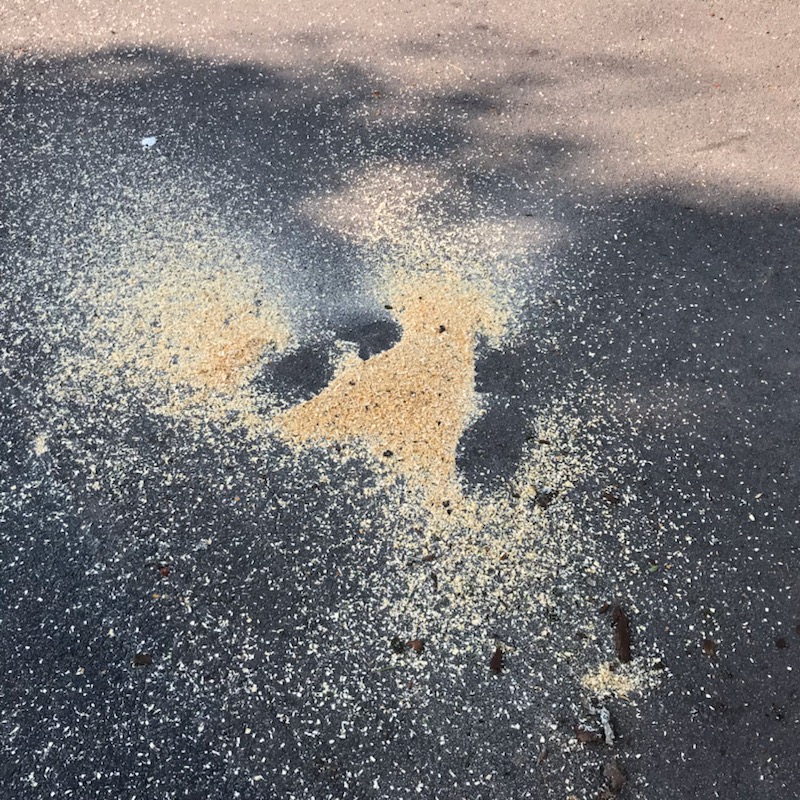
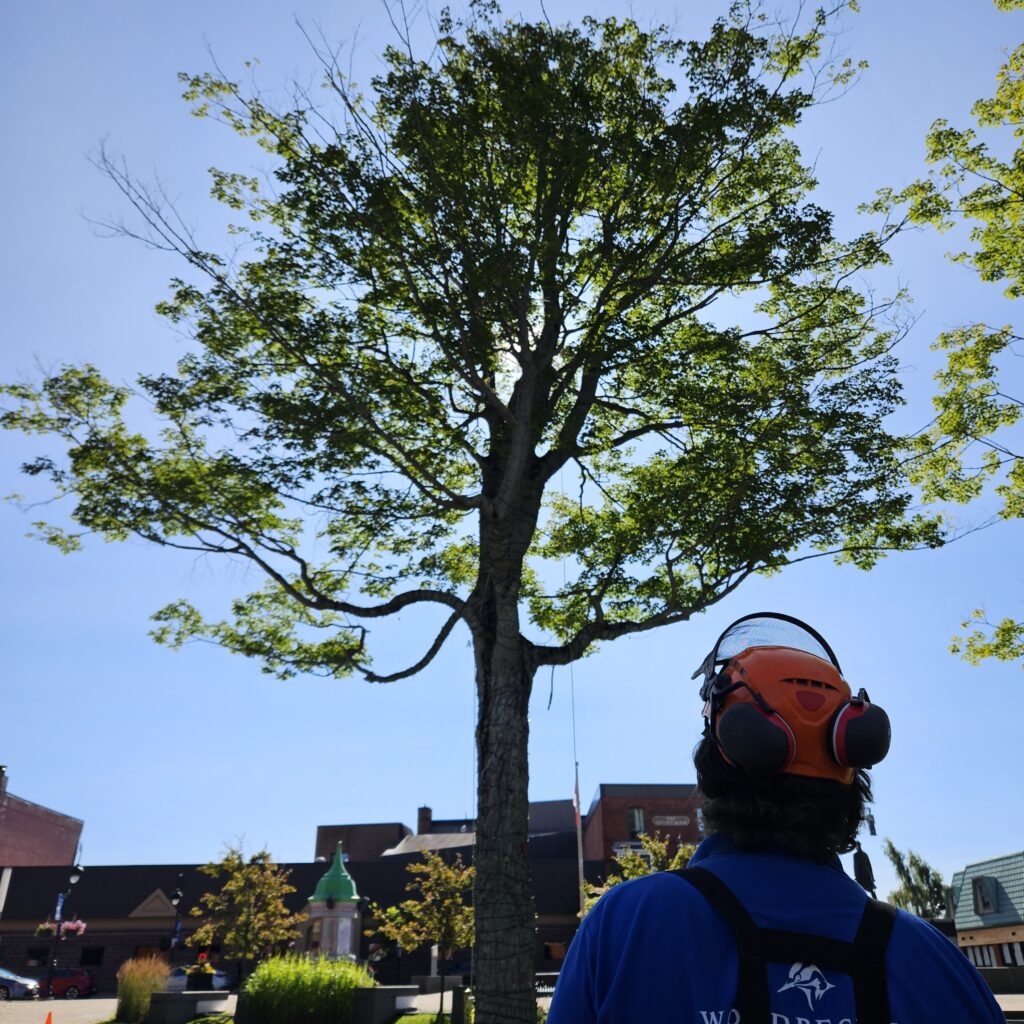
We love trees at Woodpecker Tree Care headquarters, and we also loves bees! Kevin has filled his front yard, formerly full of monoculture turf, with native plants over the years. It has become a tended meadow of flowers and grasses, which makes it heaven for our friendly pollinators. When Kevin heard of the Sackville Wild Bees project via project leader (and client) Emily Austen of Mount Allison, he signed up without a blink.
